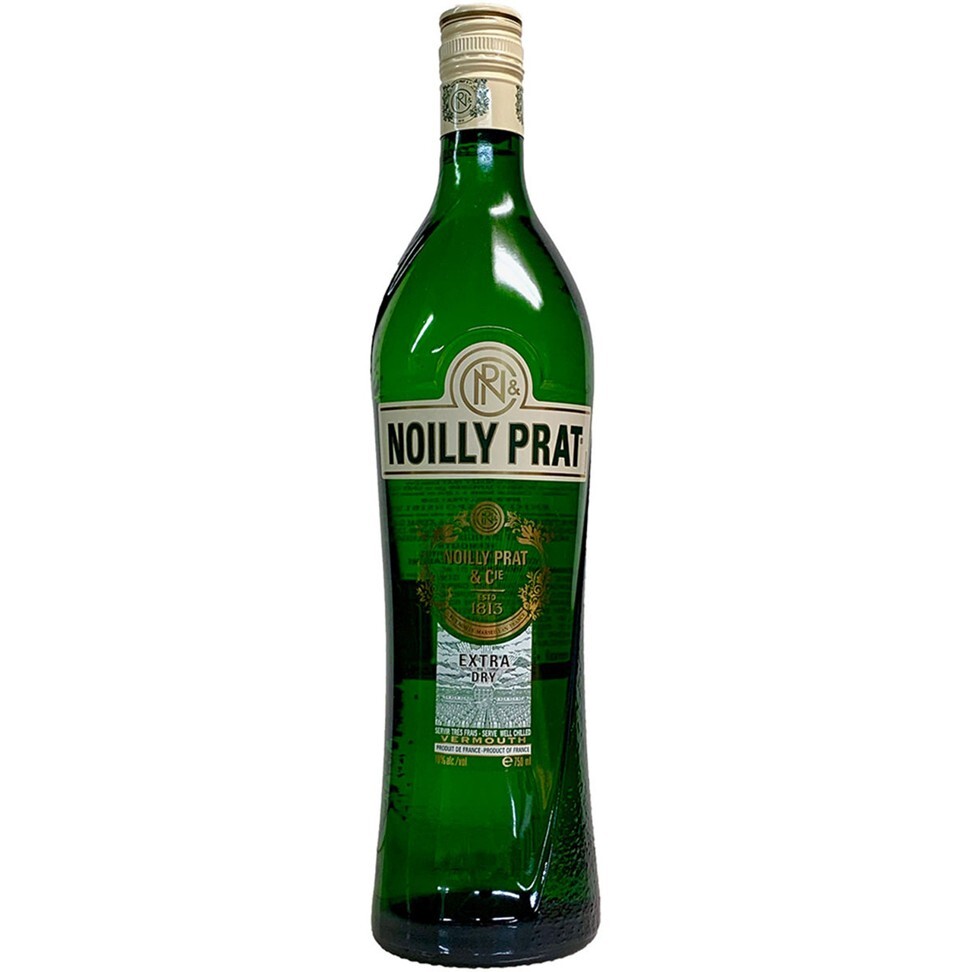
Vermouth makes more than just martinis – introducing the aromatic, fortified wine
- There is much to discover about the discreet charms of the classic cocktail ingredient
- Three basic styles – dry, sweet and bianco – each have their appeal and uses

Vermouth has come a long way in recent years from being known as the “other” ingredient in a classic martini, a distant second to gin. Essentially wine flavoured with aromatics and fortified with additional alcohol to keep it stable, vermouth gets its name from the German wermut, or wormwood.
Depending on where it is made, it may also contain botanical herbs, roots, flowers, seeds and berries. Vermouth is an essential but discreet ingredient that adds flavour and aroma to many cocktails, not just martinis.
There are three basic styles of vermouth: dry, sweet and bianco.
French vermouths are dry with a light nutty flavour and hints of toasted almonds, mint and orange peel. Two good examples of this style are Noilly Prat and Dolin Chambery, both of which are perfect in a dry martini.

Noilly Prat was the first dry vermouth, originating in 1813, in the Mediterranean fishing village of Marseillan. Instead of a neutral spirit, it is fortified with mistelle – a blend of fermented grape juice and spirit. Noilly Prat vermouth is infused with camomile flowers, cinnamon, cloves, cilantro root, bitter orange peel and nutmeg.
Dolin Chambery was first made in the 1820s by an adventurous young man named Joseph Chavasse. He was already making Alpine herb-based liquors, but on his travels in Turin, Italy, he saw local spirits makers producing “vermuts” that had a huge following.
Inspired, he decided to create one of his own in Chambery. But it did not become well known until Chavasse died, and his daughter married Louis-Ferdinand Dolin, who renamed it vermouth Dolin and received many accolades. The recipe is still a closely guarded secret.
Sweet vermouth has its origins in Italy. Made from a red wine base, sweet vermouth is red but not sugary as it has less than 15 per cent sugar. It has a noticeable vanilla aroma, with floral notes. One of the best known is Martini Rosso by Martini & Rossi.
The company was founded in 1863 as a collaboration between entrepreneur Alessandro Martini and herbalist Luigi Rossi, who created a rosso based on the botanicals found in the Piedmont region. It still follows its original (secret) formulation, which includes sage, savoury, dittany and artemisia from Pancalieri, and is fortified with brandy.
Another famous sweet vermouth is produced by Cinzano, which has a history going back to 1757. The family started as confectioners and distillers in Turin, and experimented with alcoholic preparations to flavour wine. In 1868,Cinzano set aside confectionery to focus on making vermouth, starting with a rosso, which has a delightfully aromatic nose of warm vanilla, black cherries and caramel with a balance of gentle spice and herbs on the palate.

Bianco is a distinctive style of vermouth that falls between dry and sweet and was probably invented by Cinzano. It is fragrant with aromas of white peaches, marjoram and thyme, and is full bodied with vanilla and cinnamon. It is enjoyed on its own as an aperitif.
There are other drinks similar to vermouth. Carpano, for example, also has its origins in Turin. It is considered a hybrid vermouth as it is more bitter, with a deep red colour and bitter orange and savoury herb flavours.
Lillet, from Bordeaux, France, was first made in 1872 by brothers Raymond and Paul Lillet. This aperitif wine has lovely flavours of ripe orange and lime, lilac blossoms, quinine, fresh mint and a little honey. It was originally called Kina Lillet – kina is French for quinine.
The white version is the best known, made famous by James Bond in Casino Royale, when it was added to the “Vesper” cocktail that 007 named for double agent Vesper Lynd. The gin-based cocktail has a dash of Russian vodka and two dashes of Lillet Blanc and is garnished with an orange twist. Shaken, not stirred.